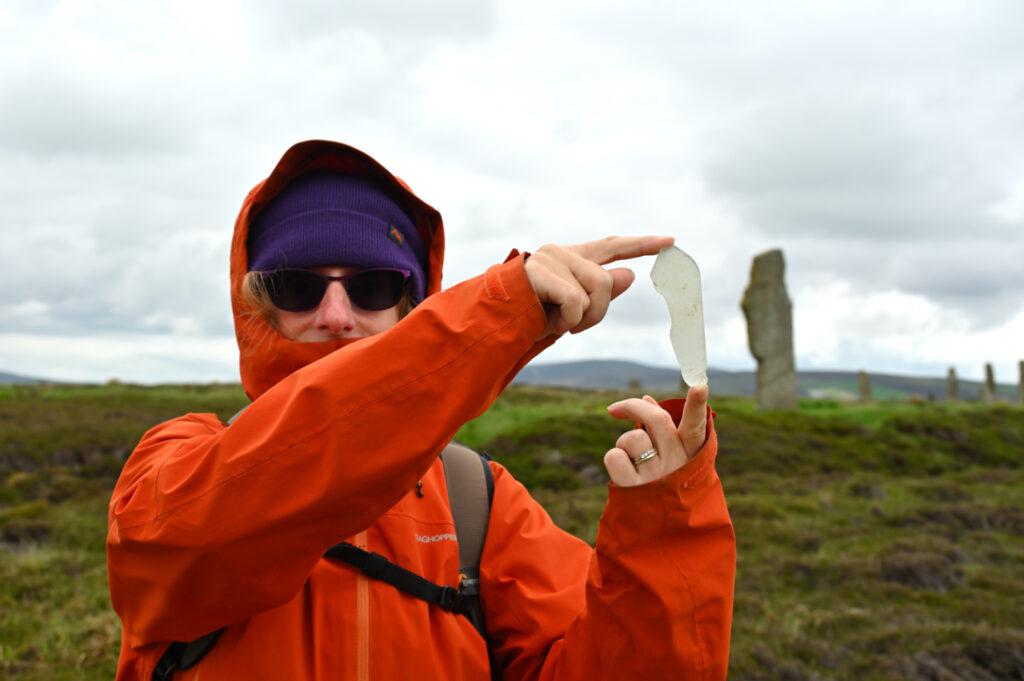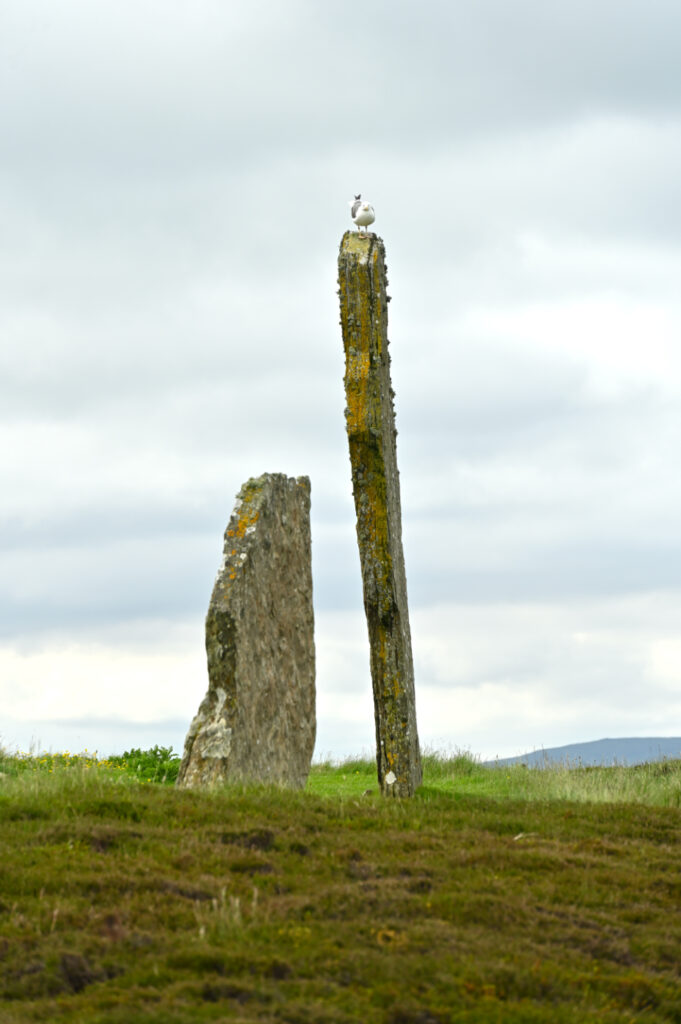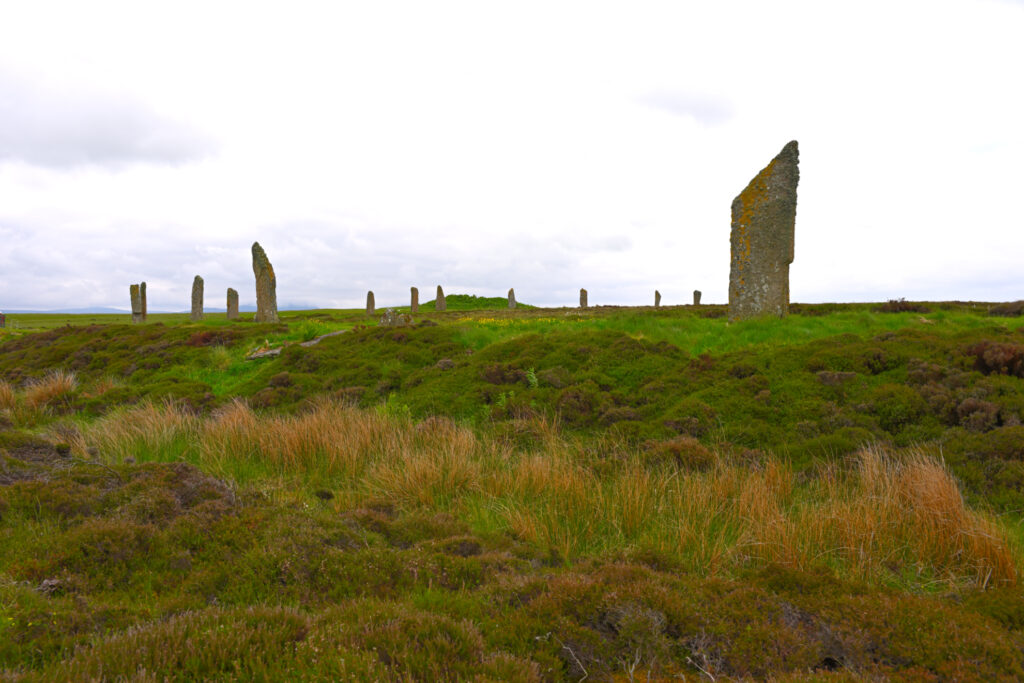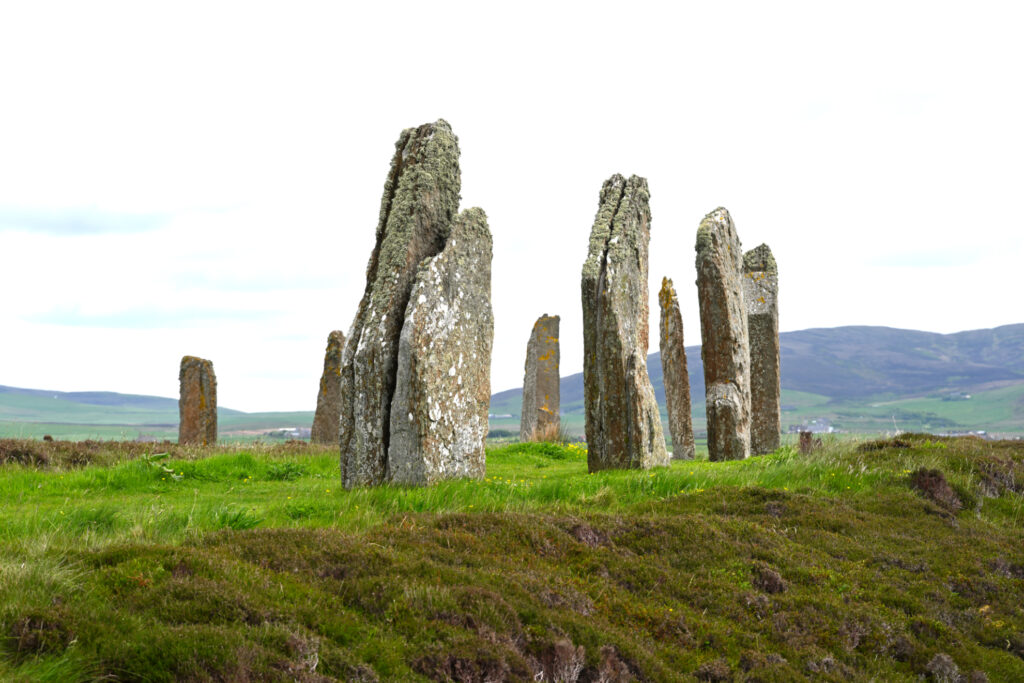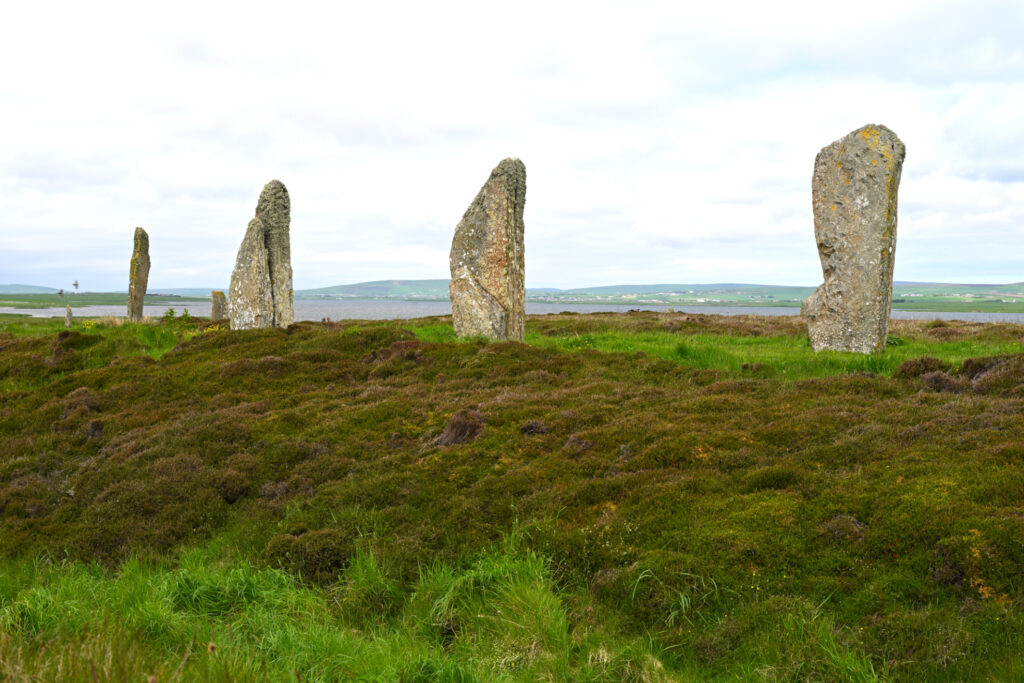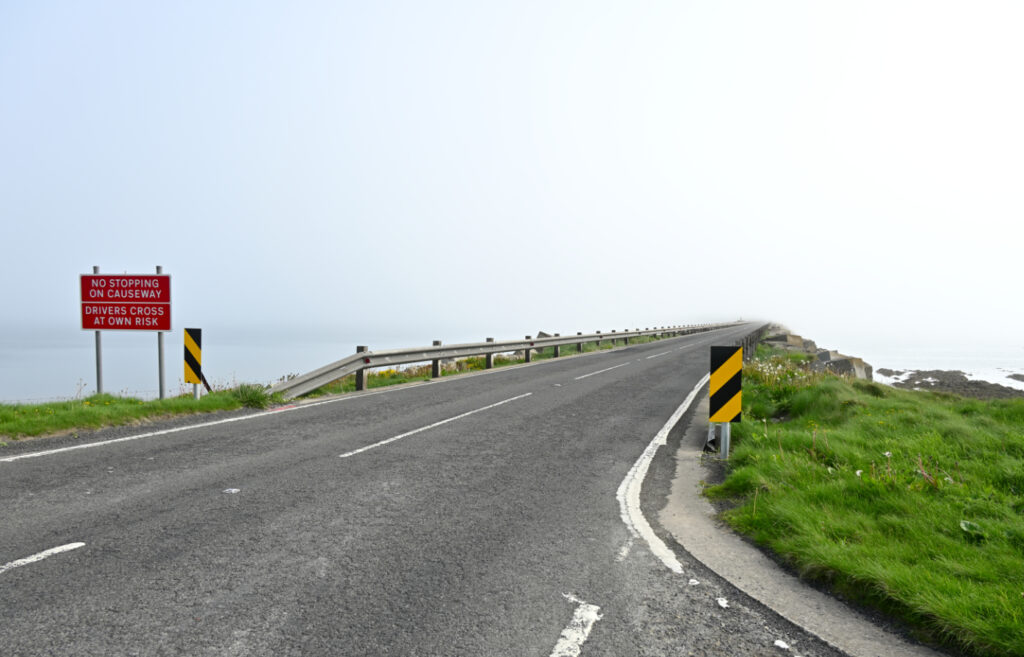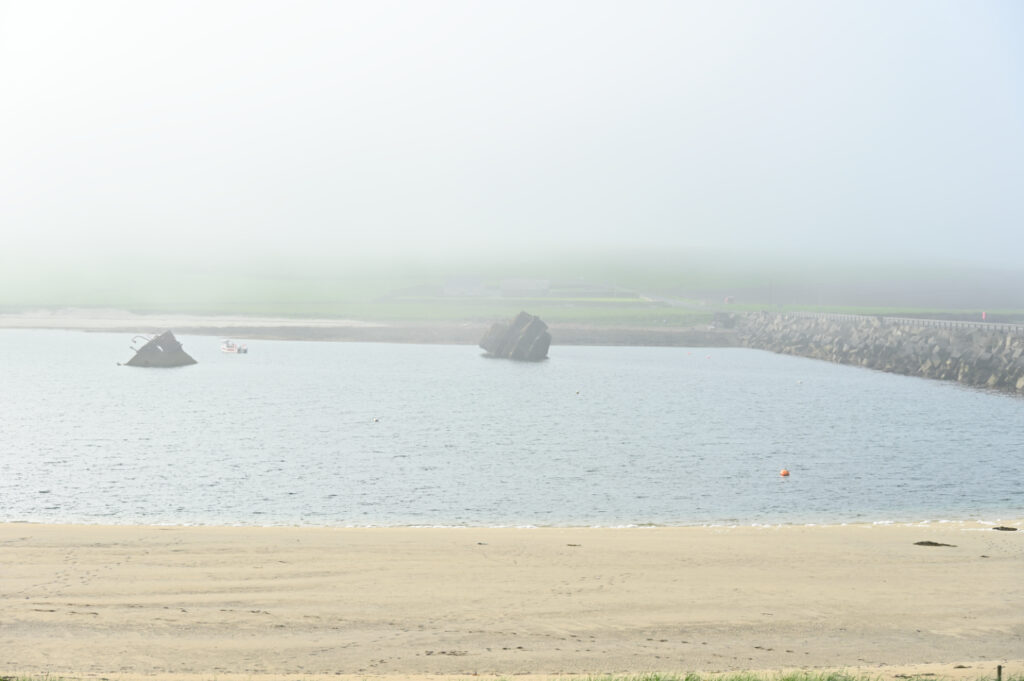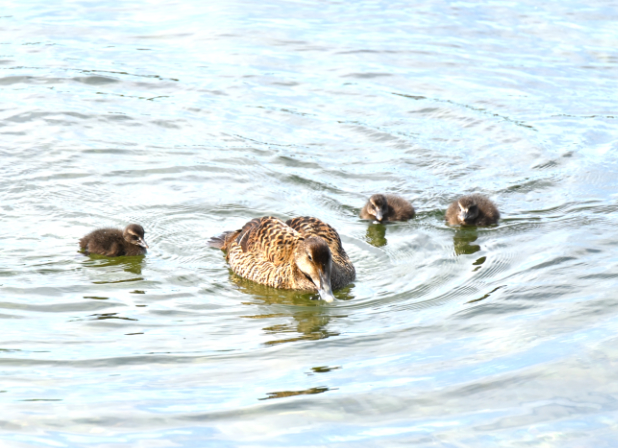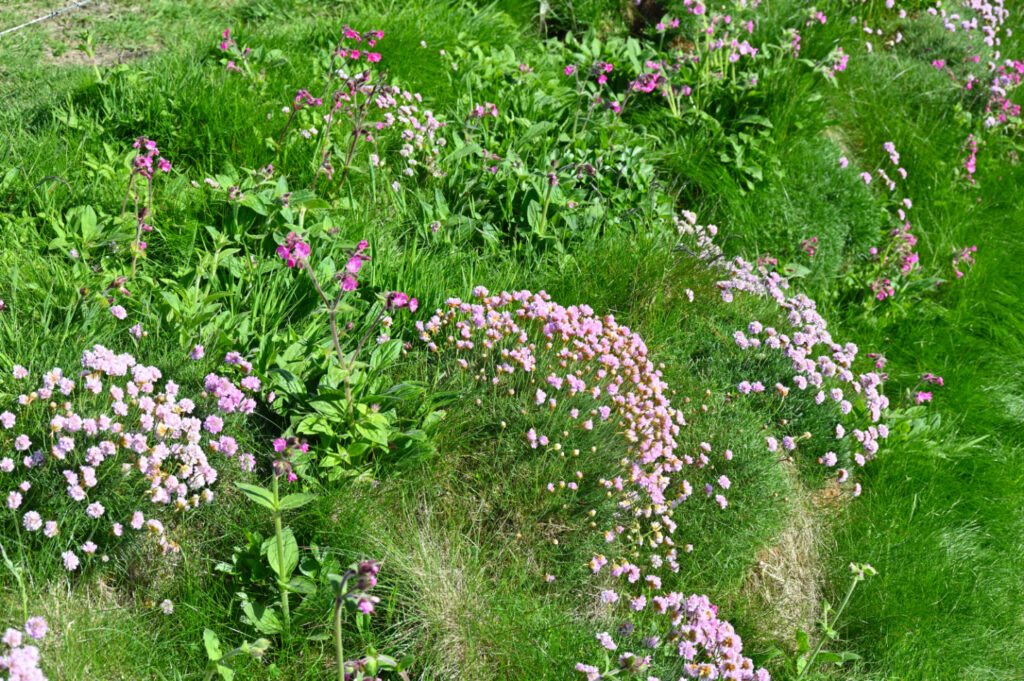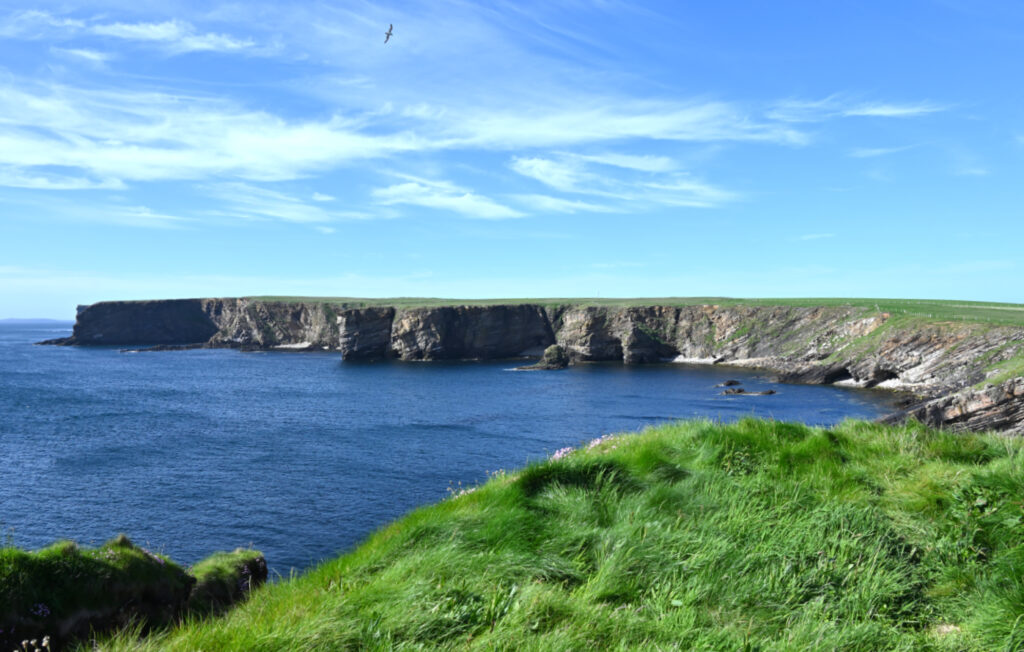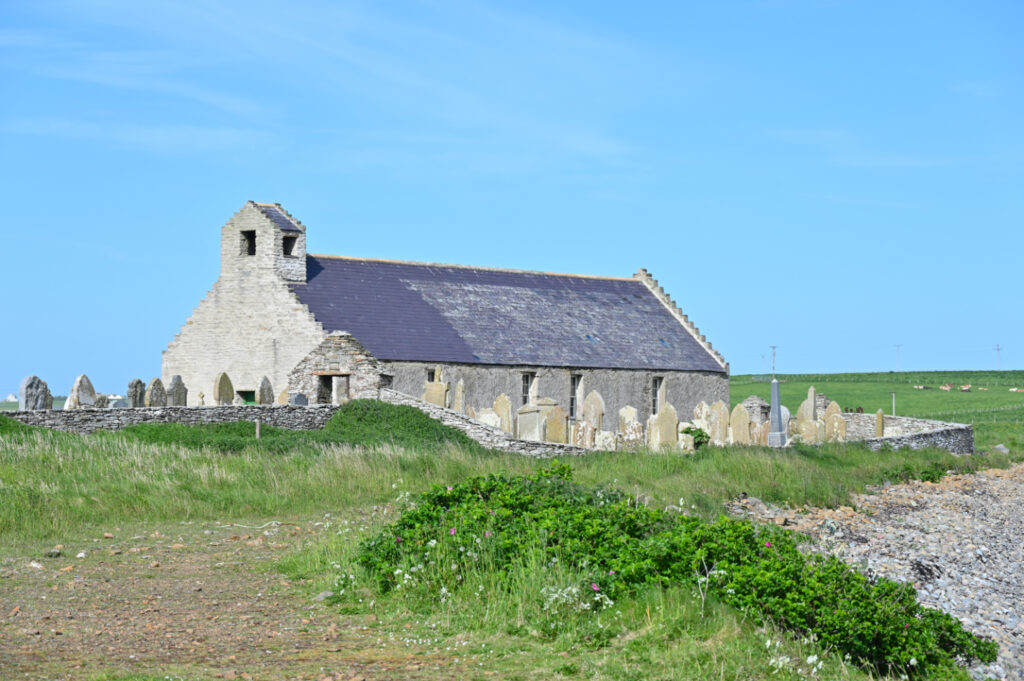The first, orangey coloured, photos are from a replica house, which visitors could enter to examine the contents. The rest are of the real thing which you’re not usually allowed to go into, in order to preserve the buildings – but can see very well from the surrounding paths.
There’s a lot I could say about Skara Brae, but I’m just going to focus on the fact that this village is over 5,000 years Old. That’s older than Stone Henge and the Pyramids. The people who built it lived in communities, traded with other countries, made jewellery and decorated pots. There’s a lot that isn’t known because the settlement is so old that very little other than stone survives, but it’s very likely they made art and music, and told stories. Their lives would have been very different from ours, but I can’t help thinking the people themselves would have been much like us.

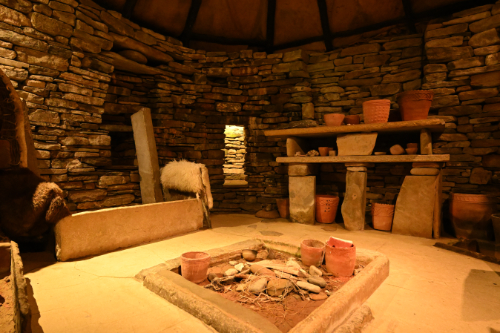


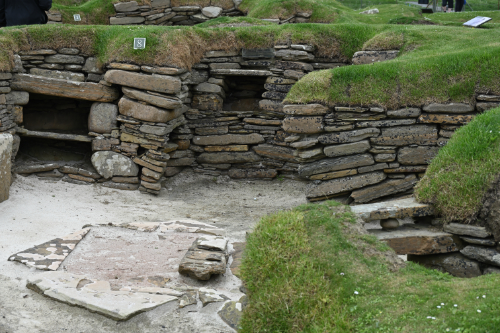
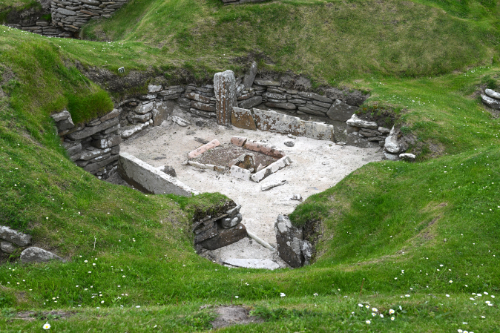
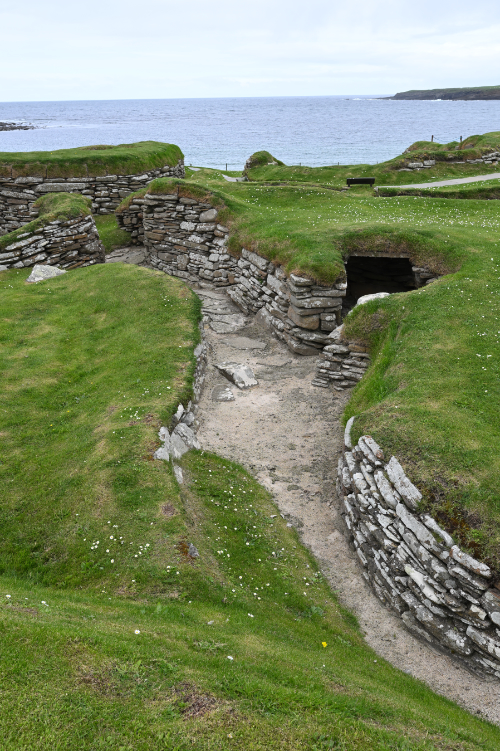
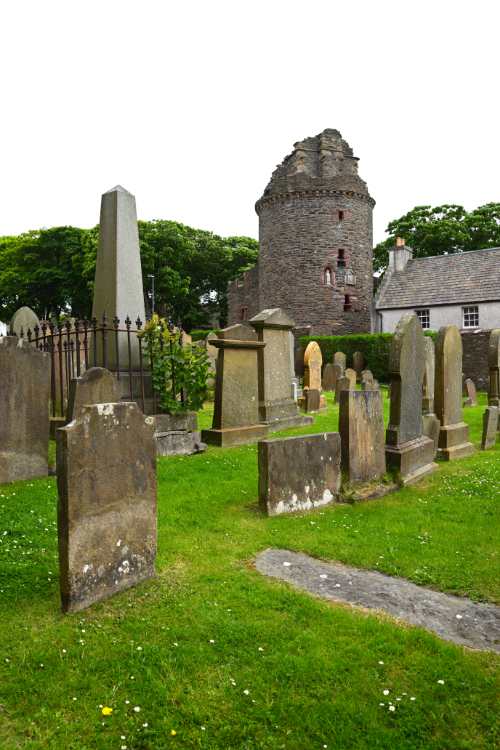
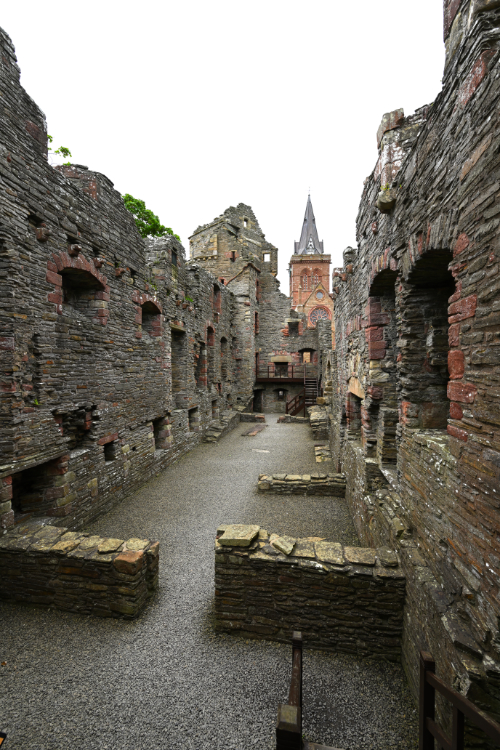
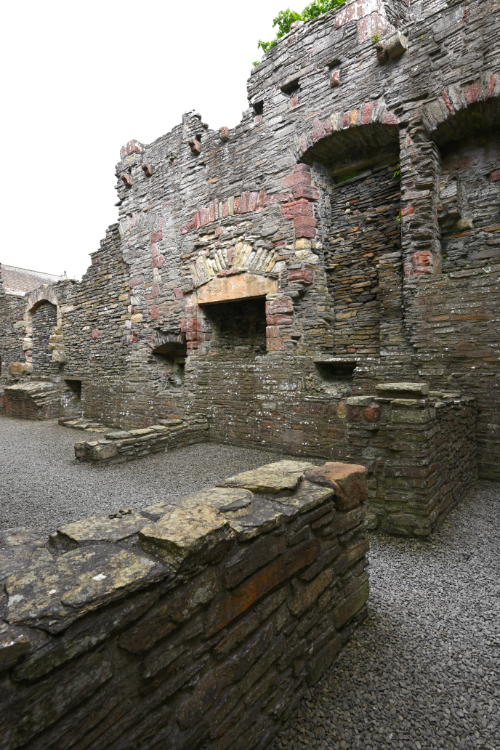
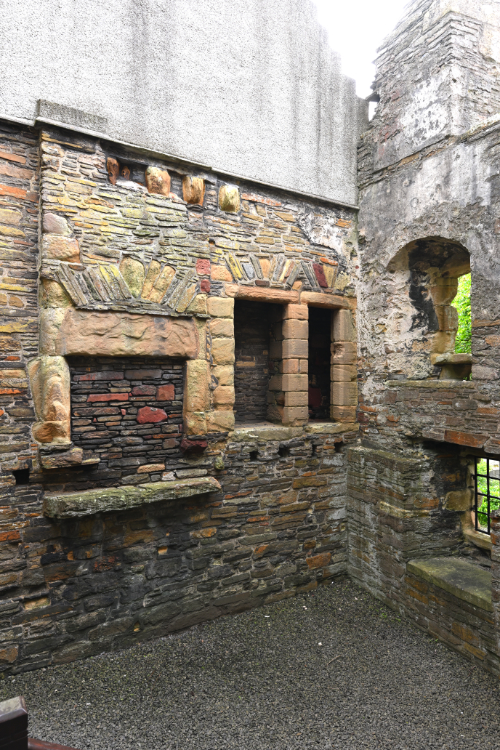
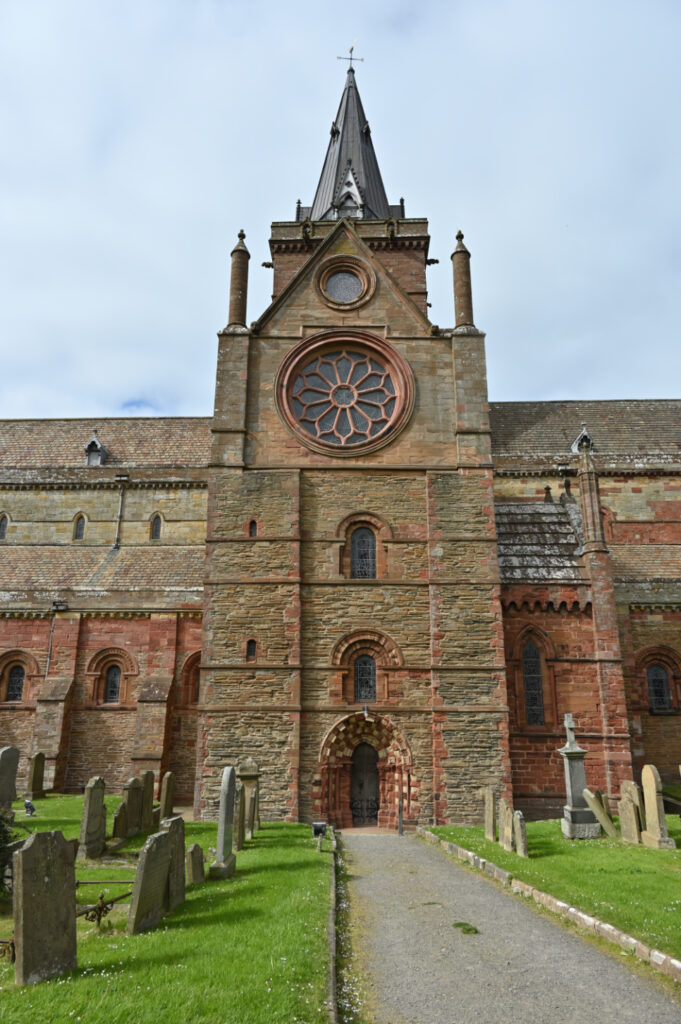
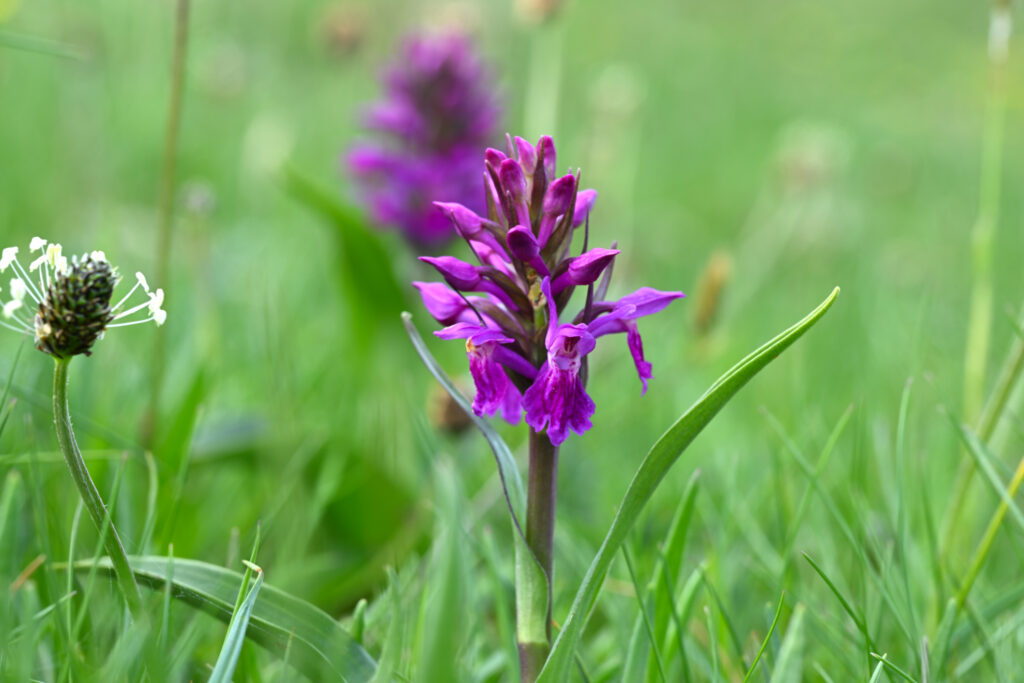
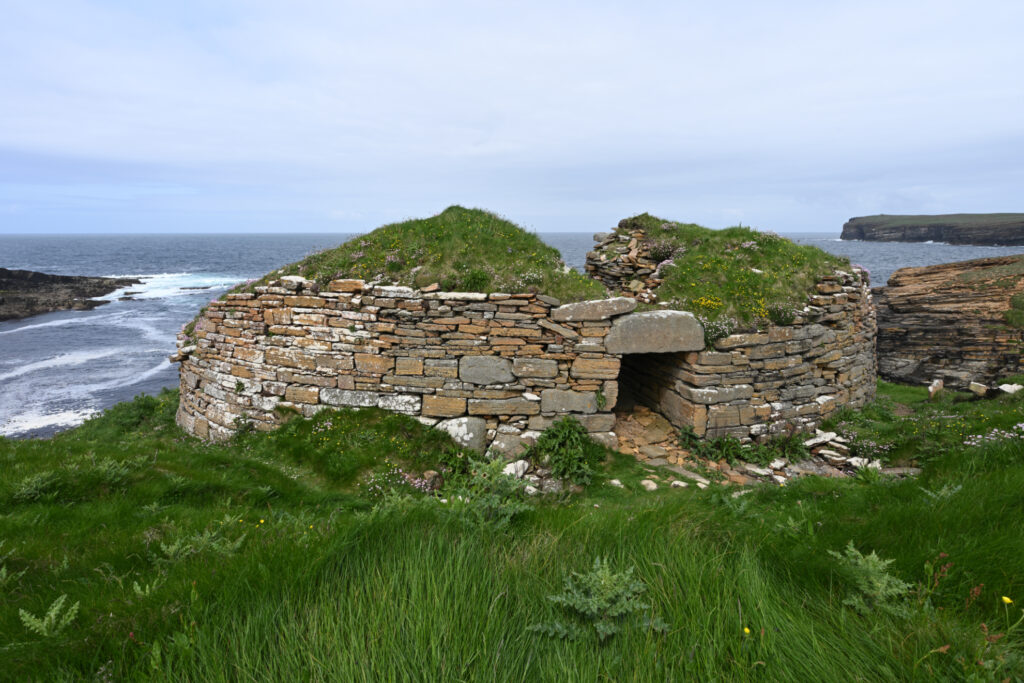


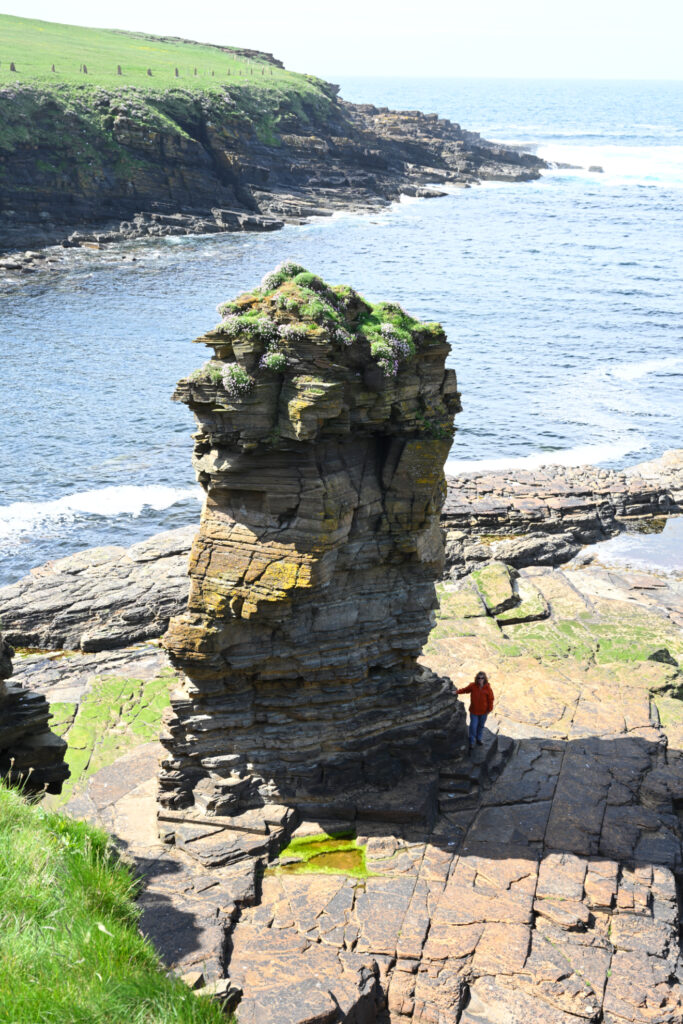


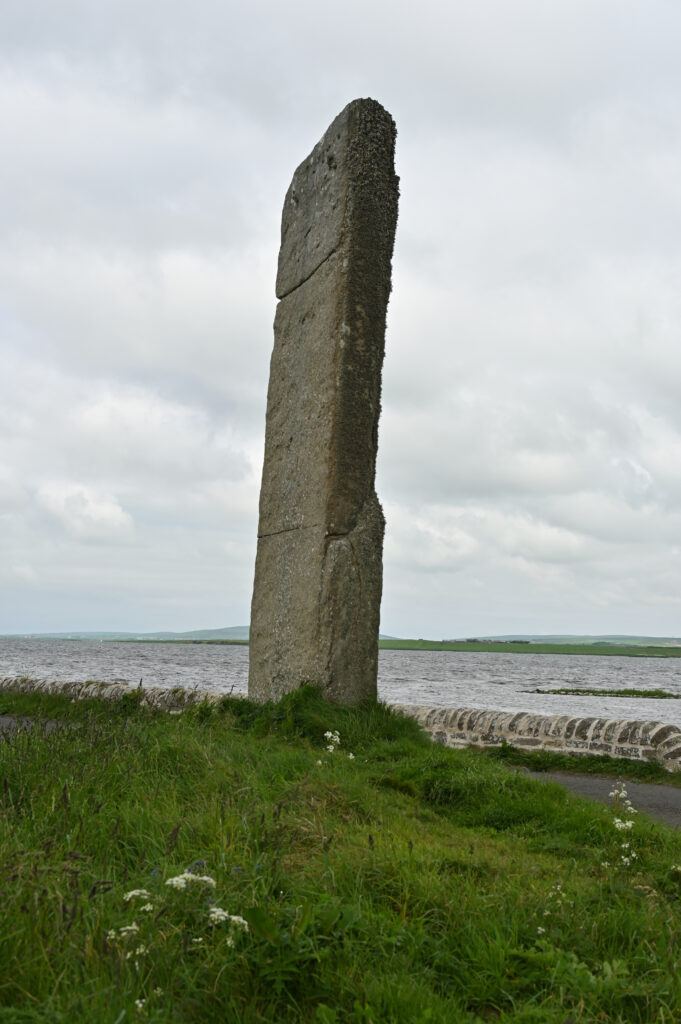

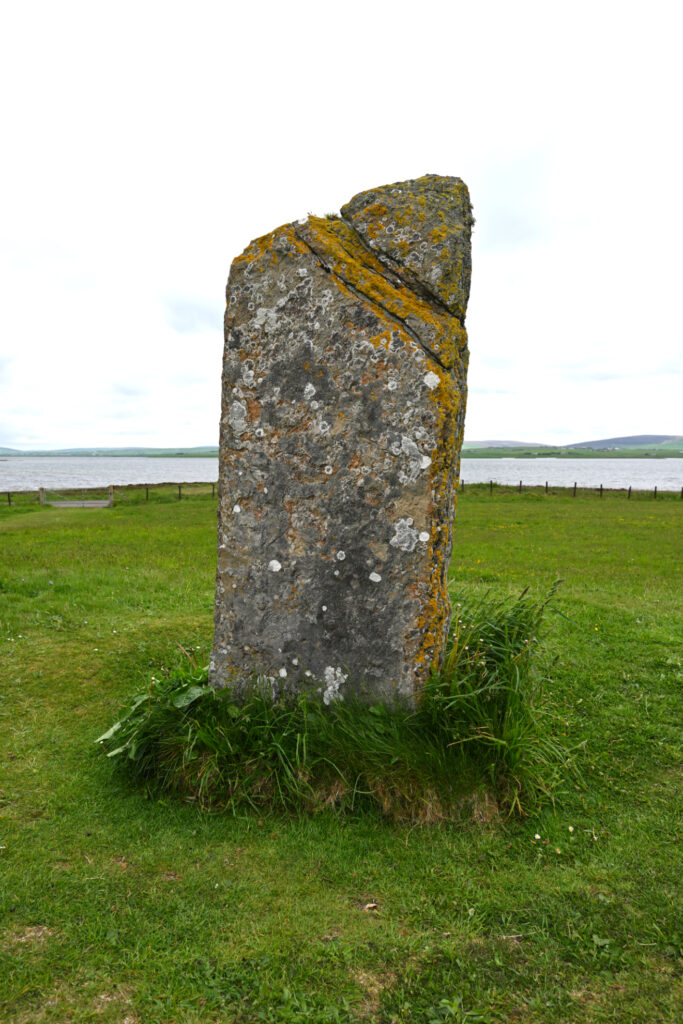
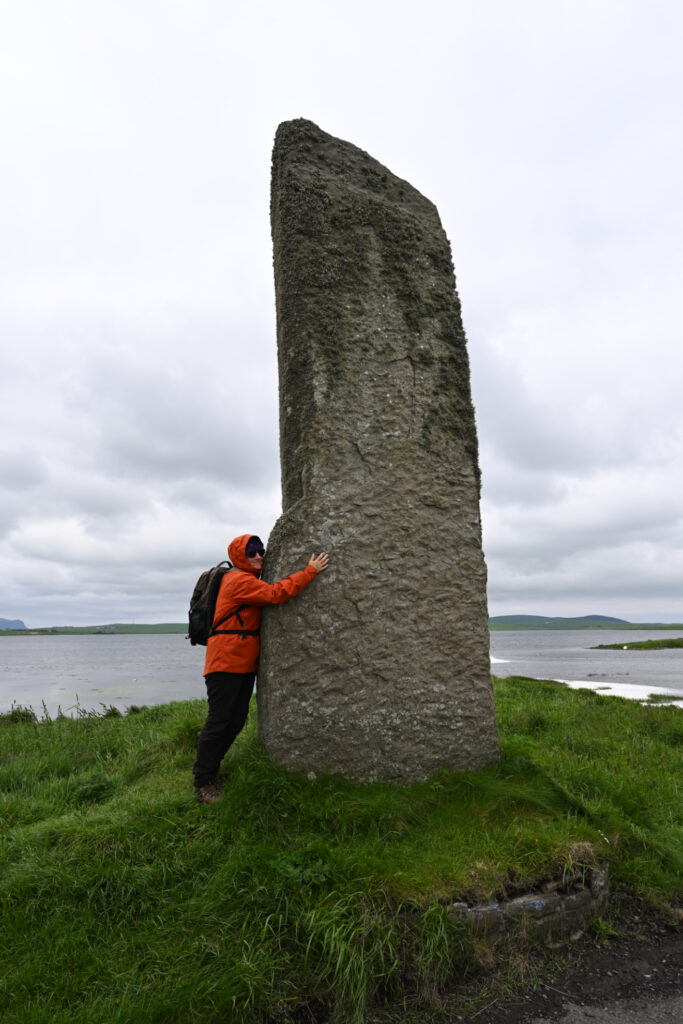
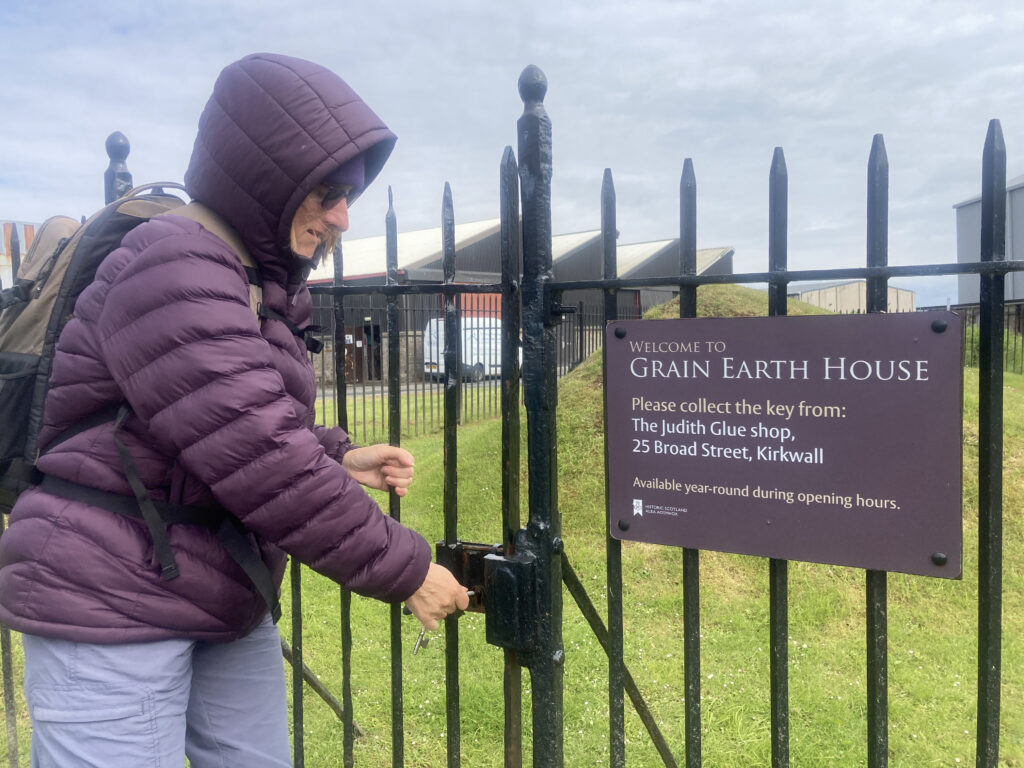

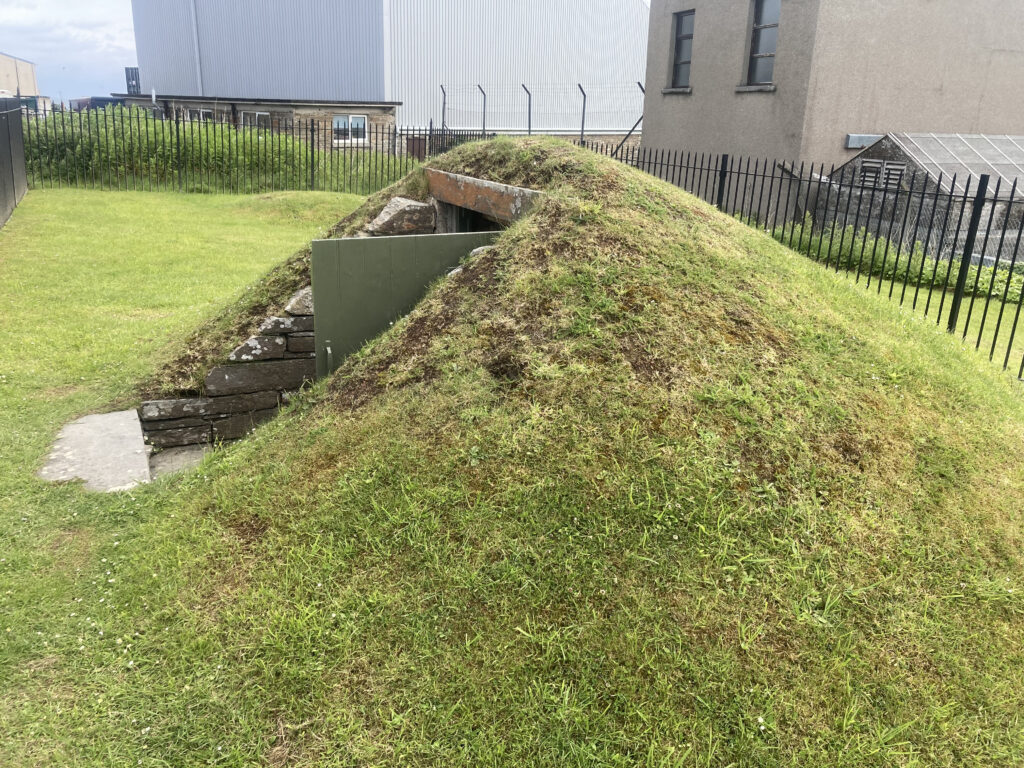
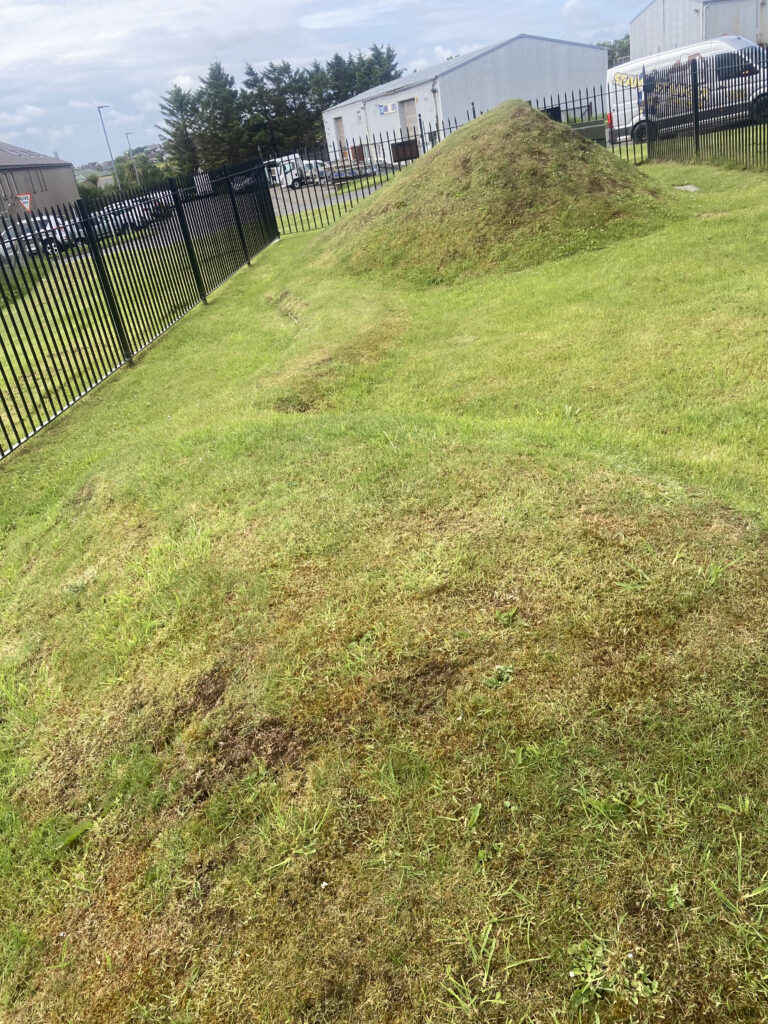



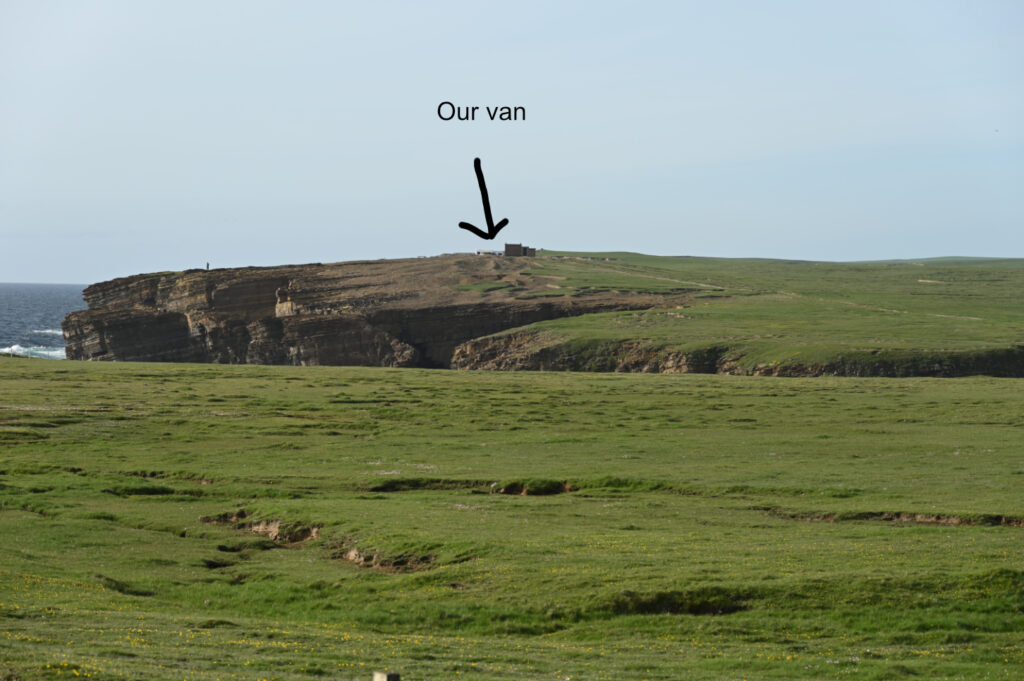
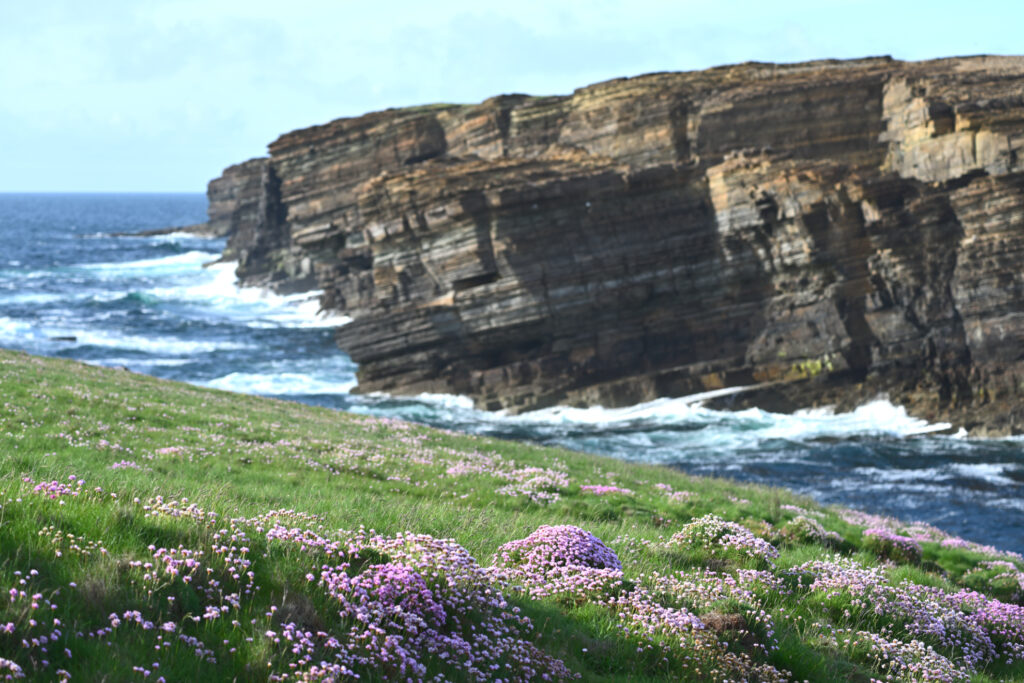

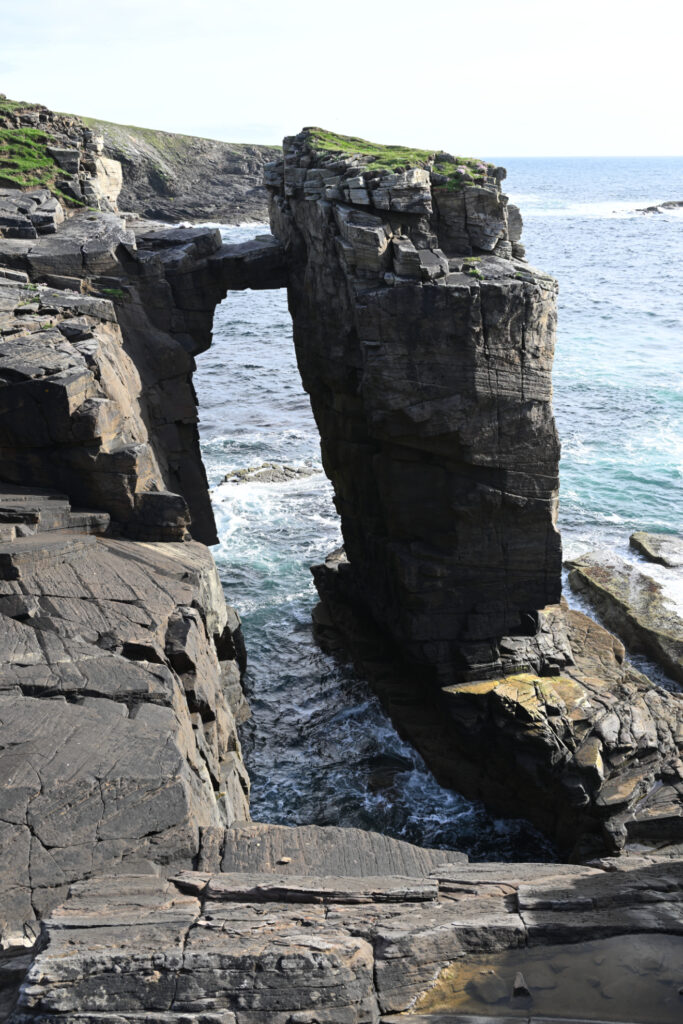
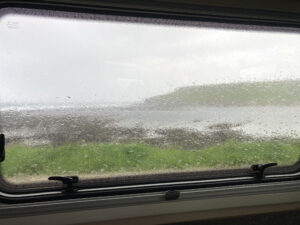 An Orcadian is a native or inhabitant of the Orkney Islands. This beautiful place is where Gary and I will be living (in the mobile writing retreat aka photographic base aka campervan) which I hope qualifies us as temporary Orcadians. While we’re here, we plan to see many of the sights, eat the local food, and learn something of the history and culture. So far we’ve met some lovely people, visited several fascinating places and discovered Orkney sunshine frequently comes in liquid form!
An Orcadian is a native or inhabitant of the Orkney Islands. This beautiful place is where Gary and I will be living (in the mobile writing retreat aka photographic base aka campervan) which I hope qualifies us as temporary Orcadians. While we’re here, we plan to see many of the sights, eat the local food, and learn something of the history and culture. So far we’ve met some lovely people, visited several fascinating places and discovered Orkney sunshine frequently comes in liquid form!